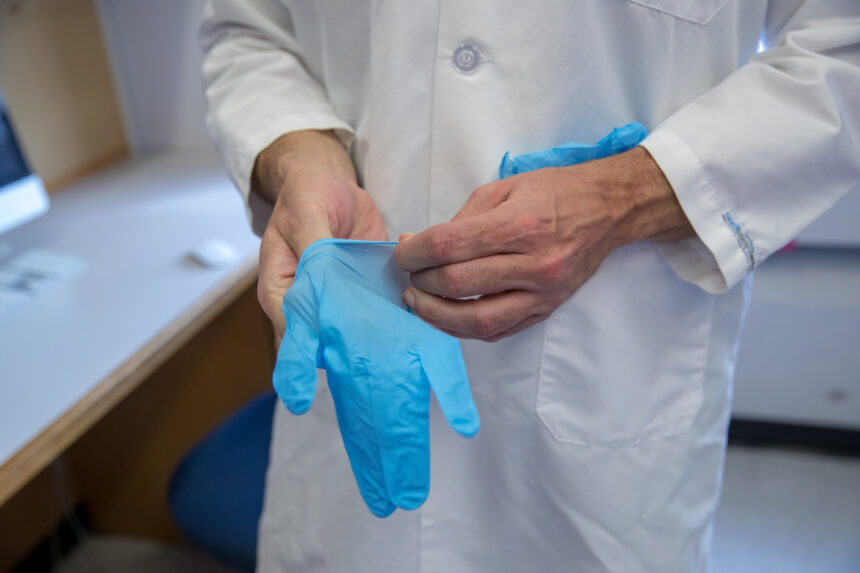Forensic pathologists are often portrayed in a dark and mysterious light, focusing solely on death and criminal investigations. However, their role extends far beyond that, as highlighted in a recent review article published in The New England Journal of Medicine. Led by Dr. Rebecca Folkerth, a former neuropathologist for the New York City chief medical examiner, the article sheds light on the vital role forensic pathologists play in monitoring and responding to public health threats.
While forensic pathologists do conduct autopsy examinations and determine causes of death, their responsibilities also include providing support to grieving families, directing family members to follow-up care, and referring families to research centers for tissue donation. They are dedicated to implementing extensive laboratory analyses to provide answers for families, contribute to public health vital statistics, and advance our understanding of human disease and injury.
Forensic pathologists undergo rigorous postdoctoral training and certification in the United States, with specialized training in forensic pathology. They operate independently from law enforcement and the courts, allowing them to remain objective in their evaluations. Their work is crucial in identifying clinical and neuropathological signatures of post-traumatic neurodegeneration, such as in the Late Effects of TBI (LETBI) study conducted at Mount Sinai.
During public health crises, forensic pathologists play a critical role in managing mass catastrophes and tracking disease outbreaks. For example, during the COVID-19 pandemic, forensic offices served as disaster mortuaries when local facilities were overwhelmed by deaths. Their expertise in managing rapid increases in fatalities was essential in protecting public health and supporting affected families.
Despite the importance of their work, the field of forensic pathology faces a workforce shortage. The authors of the review article hope that a better understanding of the role of forensic pathologists will encourage young physicians to consider it as a rewarding subspecialty choice. By raising awareness of the diverse responsibilities and contributions of forensic pathologists, we can ensure that they receive the recognition and support they deserve in the healthcare community.
For more information, you can refer to the original article published in The New England Journal of Medicine. This invaluable research was made possible by the dedicated efforts of forensic pathologists like Dr. Folkerth and their colleagues at institutions like Mount Sinai. Their commitment to public health, scientific research, and compassionate care is truly commendable and deserves our recognition and support.








